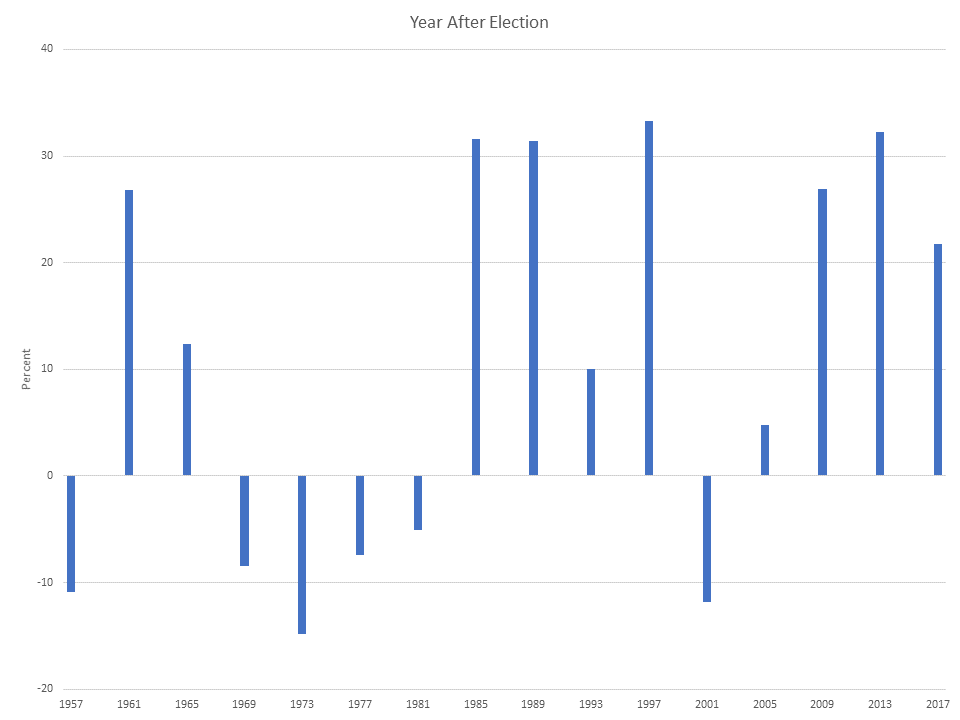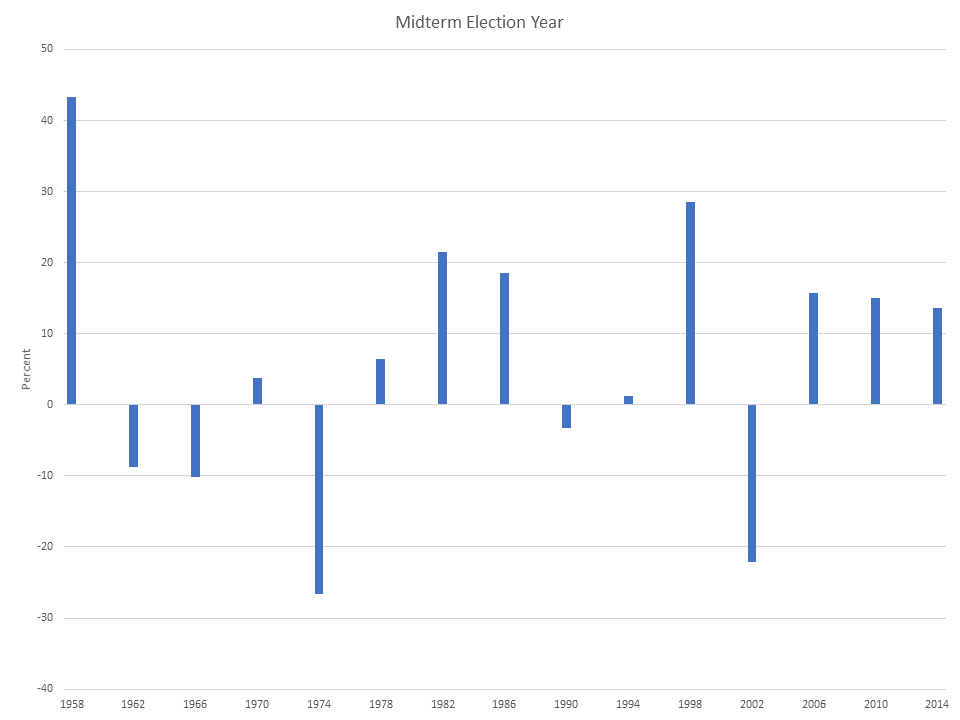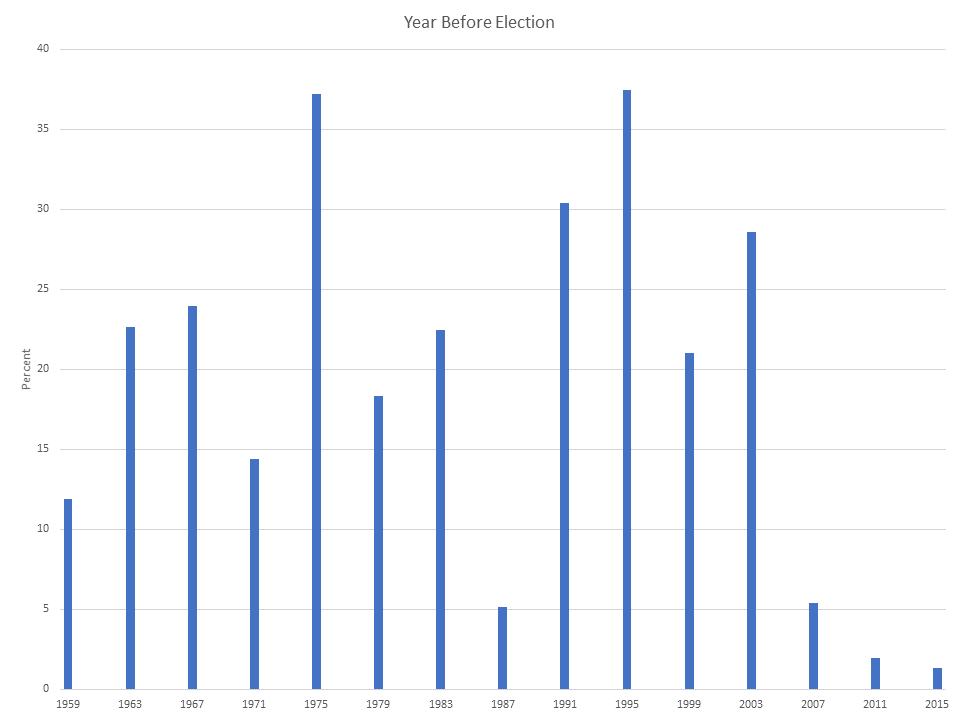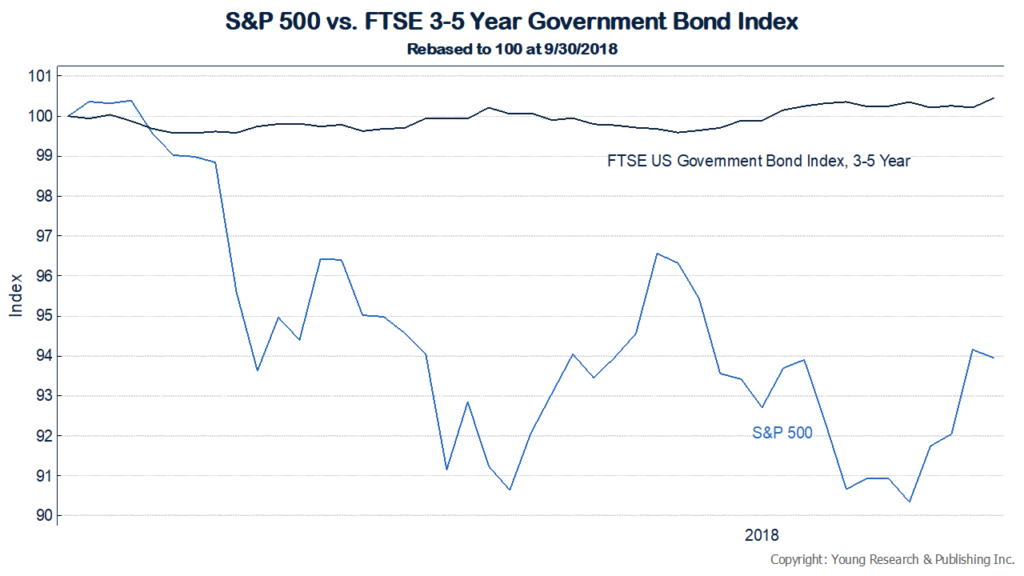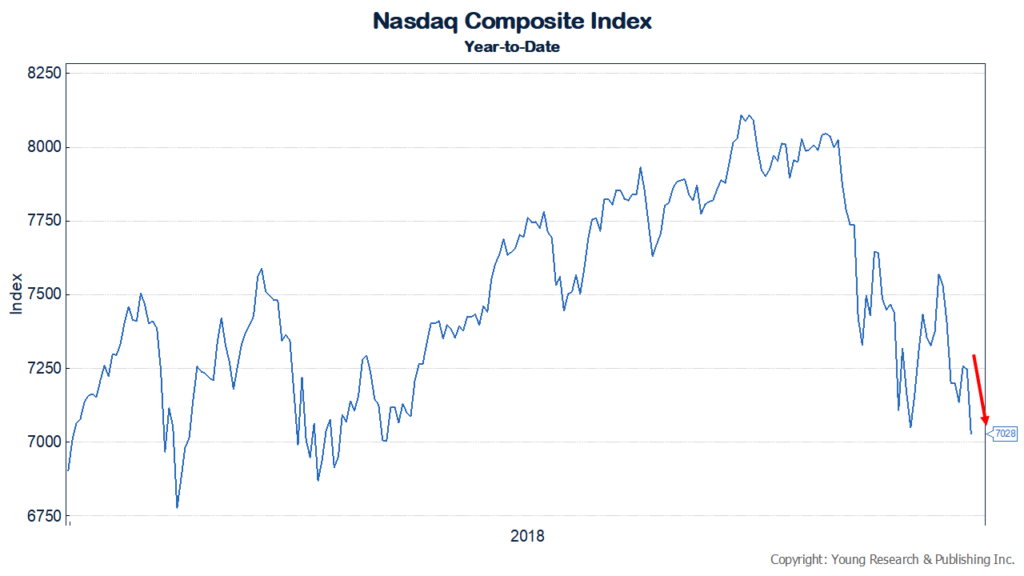Back in May of 2002 I warned readers of the dangers of market timing, and of investing too much of their portfolio in equities. I wrote:
Your Focus: Dividends & Interest
In this issue, I re-emphasize why I think conservative investors must focus laser-like on fixed-income interest and dividends from common stocks. No matter what hype you read in the media or hear from brokers, stocks in general are not cheap—far from it. When all you get from the average big company stock is a 1.5% yield and you pay nearly 30 times earnings in the process, you are not looking at bargains. As you know, I do not invest for my own account on where I think the market is going, nor do I advise market prognostication for you. If Warren Buffett or Charlie Munger or Martin Whitman or Mike Holland or Jack Bogle don’t do it, and Ben Graham never did it, I sure as heck am not advising market timing for you.
Counterbalancing Is King
Instead, I invest a minimum 30% in fixed-income securities and the balance (70%) primarily in value-oriented equity securities. And I emphasize dividends. That is the exact strategy I insist you adopt if you want to retire in comfort. If, instead, you and your spouse are comfortable with gut-wrenching volatility, sweat-soaked sheets, and the raw nerves and foul disposition that come with sleep deprivation, just take a pass on my value-based diversification strategy.
A substantial counterbalancing fixed income position is still right for investors today. Diversification among asset classes is one of the most consistently effective ways to minimize losses in a market downturn. If you are unsure about the diversification in your portfolio, evaluate your holdings today and make the necessary adjustments.

